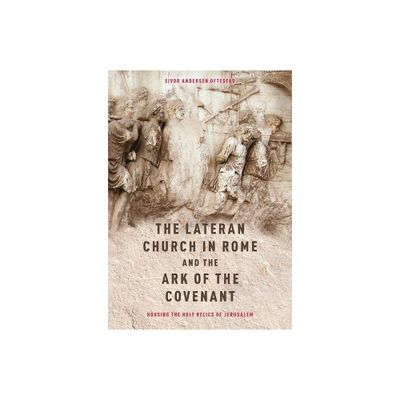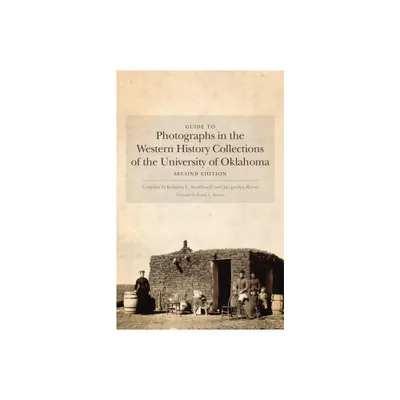Home
Relics of War: The History a Photograph
Loading Inventory...
Barnes and Noble
Relics of War: The History a Photograph
Current price: $49.95


Barnes and Noble
Relics of War: The History a Photograph
Current price: $49.95
Loading Inventory...
Size: Hardcover
*Product Information may vary - to confirm product availability, pricing, and additional information please contact Barnes and Noble
How a single haunting image tells a story about violence, mourning, and memory
In 1865, Clara Barton traveled to the site of the notorious Confederate prison camp in Andersonville, Georgia, where she endeavored to name the missing and the dead. The future founder of the American Red Cross also collected their relics—whittled spoons, woven reed plates, a piece from the prison’s “dead line,” a tattered Bible—and brought them back to her Missing Soldiers Office in Washington, DC, presenting them to politicians, journalists, and veterans’ families before having them photographed together in an altar-like arrangement.
Relics of War
reveals how this powerful image, produced by Mathew Brady, opens a window into the volatile relationship between suffering, martyrdom, and justice in the wake of the Civil War.
Jennifer Raab shows how this photograph was a crucial part of Barton’s efforts to address the staggering losses of a war in which nearly half of the dead were unnamed and from which bodies were rarely returned home for burial. The Andersonville relics gave form to these absent bodies, offered a sacred site for grief and devotion, mounted an appeal on behalf of the women and children left behind, and testified to the crimes of war. The story of the photograph illuminates how military sacrifice was racialized as political reconciliation began, and how the stories of Black soldiers and communities were silenced.
Richly illustrated,
vividly demonstrates how one photograph can capture a precarious moment in history, serving as witness, advocate, evidence, and memory.
In 1865, Clara Barton traveled to the site of the notorious Confederate prison camp in Andersonville, Georgia, where she endeavored to name the missing and the dead. The future founder of the American Red Cross also collected their relics—whittled spoons, woven reed plates, a piece from the prison’s “dead line,” a tattered Bible—and brought them back to her Missing Soldiers Office in Washington, DC, presenting them to politicians, journalists, and veterans’ families before having them photographed together in an altar-like arrangement.
Relics of War
reveals how this powerful image, produced by Mathew Brady, opens a window into the volatile relationship between suffering, martyrdom, and justice in the wake of the Civil War.
Jennifer Raab shows how this photograph was a crucial part of Barton’s efforts to address the staggering losses of a war in which nearly half of the dead were unnamed and from which bodies were rarely returned home for burial. The Andersonville relics gave form to these absent bodies, offered a sacred site for grief and devotion, mounted an appeal on behalf of the women and children left behind, and testified to the crimes of war. The story of the photograph illuminates how military sacrifice was racialized as political reconciliation began, and how the stories of Black soldiers and communities were silenced.
Richly illustrated,
vividly demonstrates how one photograph can capture a precarious moment in history, serving as witness, advocate, evidence, and memory.


















